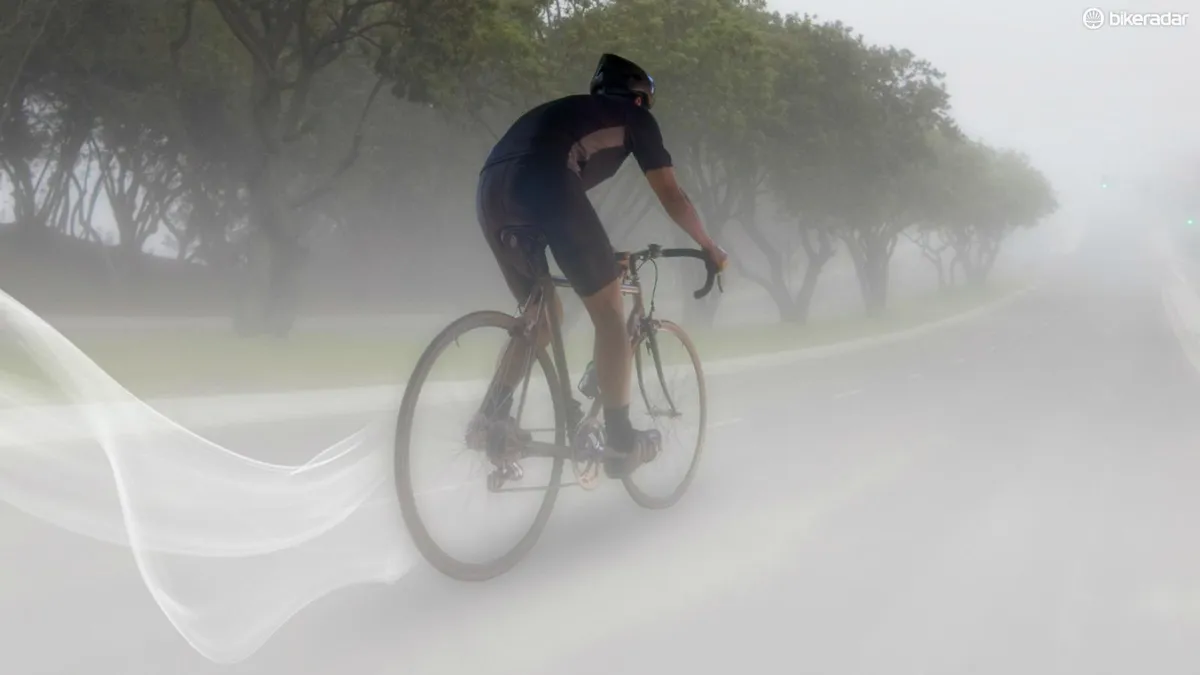This is a sponsored post in association with A1 Coaching.
Now you’ve learned about testing your threshold and setting your training zones, what does this mean for your weekly training programme?
If used properly it means that you will no longer be riding like the ‘headless chicken’, with no specific purpose or focus. It also means you won’t have to choose between your job, your partner and cycling, because you can get more performance on less time.
- Click here for free access to A1 Coaching’s winter training video series
- How to get more speed with less training
- The phenomenon of 'headless-chicken' riding
- Know your numbers and set your threshold
Cycling needn’t mean a lifestyle redesign
It is important for all of us to grasp that amateur cycling shouldn’t be about lifestyle redesign. We cycle for fun but enjoy the challenge of competition or fast sportives or gran fondos. As coaches in daily contact with numerous clients, we’re constantly mindful of our clients’ need to balance their training with family and work commitments, and have constantly found that this is possible with the right training formula.
When this system is highly refined it’s possible to be a top domestic rider while working 40 hours a week and having a family – if you know the system.
Therefore, in this post I want to share with you what a typical one-week training plan looks like for a time-crunched athlete and explain the rationale behind each workout.
Intensity is key to effective training.

Intensity vs duration
In order for us to make a physiological adaptation – to get fitter – we need training stress. Training stress comes from the combination of duration and intensity of exercise. Some of us can ride 15-plus hours per week. However, for the vast majority of us, our weekly duration is anchored – or should be for the sake of a more balanced lifestyle.
Unfortunately, for decades duration has been touted as the key prescription for increased fitness levels. This still persists in many circles and, on a club ride, anyone who shows ambition to train at an intensity above zone 1 in the autumn and early winter is likely to be ridiculed as a ‘winter racer’, ‘December champion’, or similar.
It’s been ingrained into the cycling psyche that intensity and intervals are taboo in the winter. We’re told that if we attempt to train hard we’ll burn out mid-season. A wall of trepidation is built to shelter those who want to train at 90w all through the cold weather.
However, the guys who champion long slow miles are the same guys you find in the car park after a cold, wet event in March discussing how they only managed to hang onto the group for 10 of the 60-mile race. They seem surprised they aren’t in the winning move because they’ve completed their training the way they were told – they kept intensity down all winter. So, what went wrong?

Science has debunked some traditional wisdoms
Some of the traditional wisdoms are based on presumptions that have now been debunked by science.
For example, tradition dictates that one must ride slowly for prolonged periods (‘long slow distance’) to develop mitochondria – the powerhouse of cells where carbohydrate, protein and fat is processed by oxygen and energy is produced. However, we now know that mitochondria production can be increased threefold by interspersing periods of high intensity training into long, slow miles. This is great news for us time-crunched athletes.
Therefore, when training duration is limited – let’s say to eight hours per week – intensity is the variable we must exploit in order to manipulate weekly accumulated training stress.
In other words, the added intensity compensates for the shortcoming in duration and trains differing aspects of our physiological systems.
A sample week
This sample training is similar to a training week you’ll find in A1’s 12-Week Winter Training Plan. For the purpose of this sample, I outline each day separately and the coach’s comments provide the rationale for the type of training prescribed in each session.
Most of the sessions will involve ‘intervals’. These are periods of hard effort followed by a period of recovery. The reason for intervals is that they allow for more time at higher zones. For example, it would be impossible to ride for 15 minutes at zone 5 but you could probably do six intervals of three minutes with periods of recovery in between. In this way you can get 18 minutes overall in Z5 – quite a good session!
Along with intervals, each session includes a:
- WU – Warm up: designed to get blood flowing and raise one’s core body temperature.
- MS – Main set: the core training prescription in the workout which is designed to induce a unique physiological response.
- WD – Warm down which gently allows the body to return to a pre-exercise state and facilitates the clearance of metabolic waste products generated during rigorous activity
Monday is typically a rest and recovery day and I’ll discuss this key topic at length in the last post of this series. This brings us to Tuesday:
ArrayThis is what a week of approximately eight hours looks like, with each session having a specific purpose – no ‘headless chicken’ riding.
I urge you to take action based on these principles and recommendations. You should no longer be pulling on your cycling gear without a plan of action – each session should have a specific physiological target.
This is just one week but, in the next blog, I will look at annual planning and target setting, and the ‘periodisation’ of training into specific periods based on the demands and timing of your target event.
